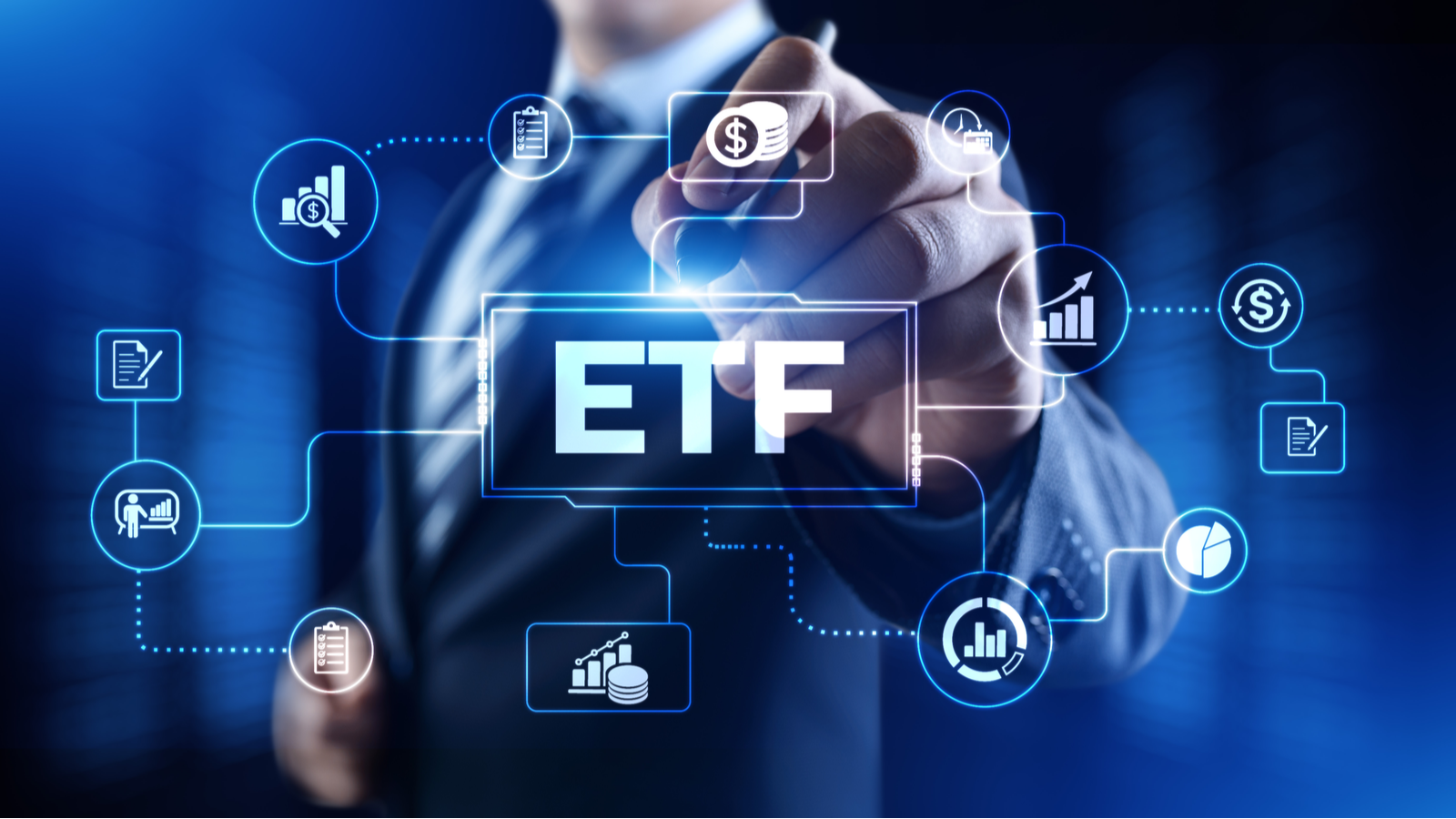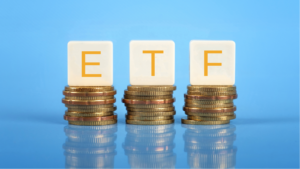
While CNBC personality Jim Cramer likes to say there’s a bull market somewhere, it just might be easier to be a bear, which brings us to the topic of best ETFs to buy for pessimists. After all, one of the beautiful characteristics of the capital market is that you don’t have to go long to make money. Sometimes, going the opposite direction can be extremely profitable.
Nevertheless, shorting an individual publicly traded enterprise carries substantial risks. A more conservative approach may be to consider inverse exchange-traded funds. These work like any other ETF. However, their value rises when the underlying market stumbles. It sounds like an incredible arrangement, especially if you’re genuinely bearish.
Now, some warnings are necessary. First, the concept of safe ETFs in the inverse realm is relative. Because the market has an upward bias, you’ll probably lose over time if you’re a bear. And that segues into a second point: inverse ETFs are only for short-term positions. In particular, the leveraged version of this trading category suffers from volatility decay.
Still, if you’re really skeptical about the market, the below short ETFs to buy could be intriguing.
ETFs to Buy: ProShares Short Dow30 (DOG)

For those seeking the best ETFs to buy for profiting from contrarian sentiments, the ProShares Short Dow30 (NYSEARCA:DOG) offers an intriguing idea. According to its prospectus, the Short Dow30 invests in financial instruments that ProShare advisors believe will correspond to the inverse of the daily performance of the Dow Jones Industrial Average.
To be fair, DOG isn’t a perfectly inversely correlated ETF. However, it’s pretty close. For example, since the beginning of this year, the fund gained over 6% of its market value. On the flip side, the DOG fund fell almost 5%. That being said, should the venerable index trip up from here on out, the 1x inverse fund offers an attractive idea. In the trailing five sessions, the DOG practically went nowhere. So, those banking on a lull may want to consider DOG.
Now, while Short Dow30 may be one of the safe ETFs relative to outright shorting the broader market, it does carry risks. In particular, DOG’s expense ratio is 0.95%, which is quite elevated considering the category average stands at 1.04%.
ProShares UltraShort S&P500 (SDS)

For those that want to dial up their contrarian wagers, the ProShares UltraShort S&P500 (NYSEARCA:SDS) may be a tempting opportunity. Per its prospectus, the SDS fund invests in financial instruments that ProShares advisors believe will correspond to two times the inverse of the daily performance of the S&P 500 index.
Again, it’s not a perfect correlation so prospective traders should be cognizant of the decay effect. For instance, since the start of the year, the benchmark equities index gained nearly 17% of market value. On the other hand, the SDS fell almost 26%, obviously a substantive loss.
However, here’s the attractive angle. In the trailing five sessions, the S&P 500 lost 0.71%. In contrast, the SDS gained 1.63%. So, for high-conviction bears, the SDS could rank among the best ETFs to buy. Still, some drawbacks exist by taking a bearish route. Just like the first ETF, UltraShort S&P 500 features a high expense ratio of 0.9%. Again, the category average is 1.04%.
ProShares UltraPro Short QQQ ETF (SQQQ)

Going for the ultimate kill among ETFs to buy for bearish traders, the ProShares UltraPro Short QQQ ETF (NASDAQ:SQQQ) is not for the faint of heart. According to its prospectus, the SQQQ fund invests in financial instruments that ProShare advisors believe will correspond to three times the inverse of the daily performance of the Nasdaq-100 index.
Obviously, only dedicated and knowledgeable traders should apply here. Since the beginning of the year, the NDX gained 38.35%. On the other hand, the SQQQ fell almost 65% during the same period. Again, investors shouldn’t treat leveraged ETFs (inverse or otherwise) lightly.
However, here’s the other side to the narrative. In the trailing five sessions, the Nasdaq-100 fell 1.82%. In contrast, the SQQQ gained 6.61%. So, if you call the top of the Nasdaq correctly, you could pocket some serious coin. Still, one of the main drawbacks is the expense ratio, which at 0.95% is rather high. However, if you want to gamble as an extreme bear, the SQQQ could be one of the ETFs to buy.
On the date of publication, Josh Enomoto did not have (either directly or indirectly) any positions in the securities mentioned in this article. The opinions expressed in this article are those of the writer, subject to the InvestorPlace.com Publishing Guidelines.





